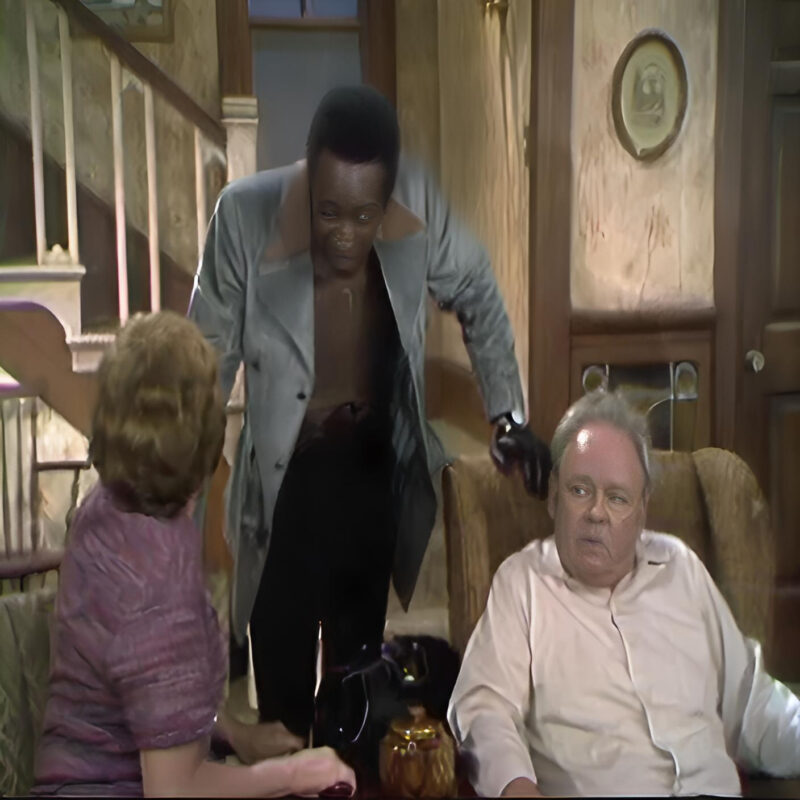
Carroll O’Connor’s portrayal of Archie Bunker remains one of the most iconic and provocative characters in American television history. For 12 years, Archie dominated the small screen, delivering his reactionary rants, engaging in fiery debates, and occasionally absorbing life lessons. Then, on April 4, 1983, with the conclusion of “Archie Bunker’s Place,” he disappeared from TV, leaving an indelible mark on the medium.
O’Connor first brought Archie to life in Norman Lear’s groundbreaking CBS sitcom “All in the Family” in 1971. The show quickly became a cultural phenomenon, stirring controversy, garnering acclaim, and inspiring numerous imitators and spin-offs. By 1979, however, it seemed “All in the Family” had run its course. Lear believed it was time for the show to “die an honorable death,” as O’Connor recounted in an interview with the Emmy Foundation. Jean Stapleton, who played Archie’s wife Edith, announced her departure after the ninth season, fearing her career might be pigeonholed by the character of Edith.
Despite Lear’s intentions, Robert Daly, then-vice president of CBS Television Network, believed the show still had life in it and sent O’Connor to persuade Lear to continue. Reluctantly, Lear agreed under certain conditions: the show had to be renamed, they couldn’t use the iconic opening credits, and Stapleton’s desire to leave had to be honored. Thus, “Archie Bunker’s Place” was born, debuting on September 23, 1979, and running for four seasons.
The transition was not without challenges, particularly explaining Edith’s absence. The new show centered around Archie’s bar, a setting that allowed for fresh storylines without Edith’s presence. Stapleton made a few appearances in the first season before her character was written off, having died from a stroke. This decision was made to maintain the integrity of the characters, as divorce would have been out of character for the Bunkers.
“Archie Bunker’s Place” was essentially O’Connor’s show, allowing him to delve deeper into Archie’s character. While it never reached the same heights as its predecessor, it found success, ranking among the top 15 shows for its first three seasons. The series continued the culture-war commentary that “All in the Family” was known for, with Archie clashing with his liberal Jewish business partners and a cast of colorful bar regulars.
The show produced some memorable moments, including the poignant “Archie Alone” episode, where Archie grapples with Edith’s death. High-profile guest stars like Sammy Davis Jr., Jerry Stiller, Reggie Jackson, and Don Rickles added to its appeal. However, without the strong family dynamic that grounded “All in the Family,” “Archie Bunker’s Place” struggled to maintain its momentum. As O’Connor’s conservatism shifted from a rebellious stance to the mainstream with Ronald Reagan’s presidency, the show’s relevance waned.
Ultimately, “Archie Bunker’s Place” concluded with a fitting nod to Archie’s journey. In the final episode, Archie dreams of being in the Oval Office, only to be jolted awake by the sound of a flushing toilet, symbolizing the end of an era. Even O’Connor and the producers recognized that Archie Bunker’s time had passed, but his impact on television history remains unparalleled.
